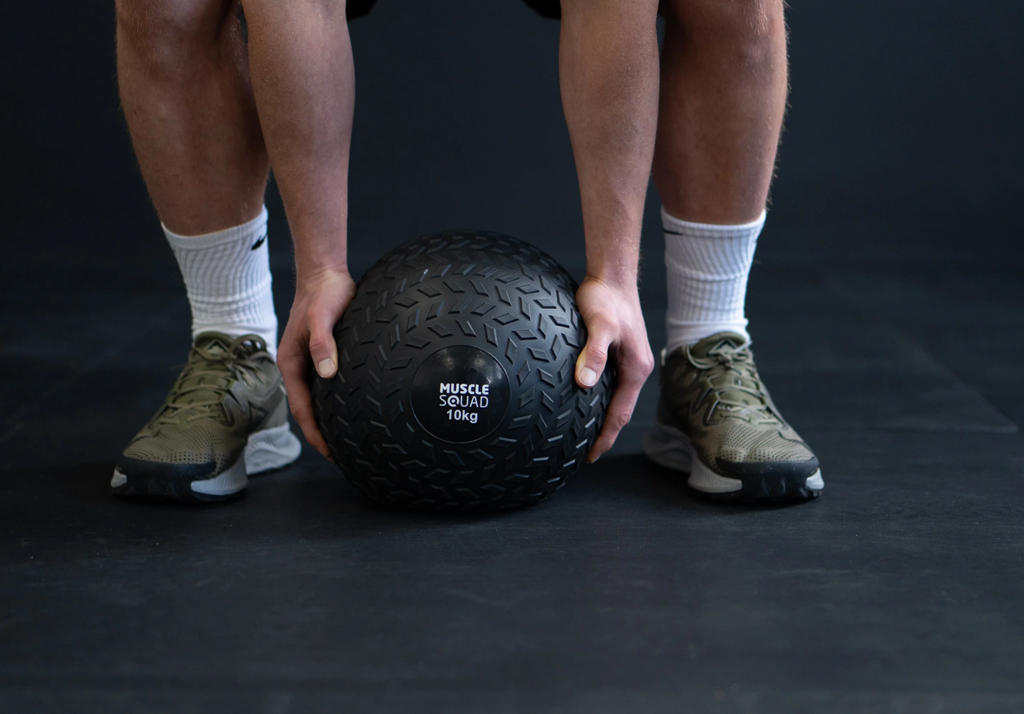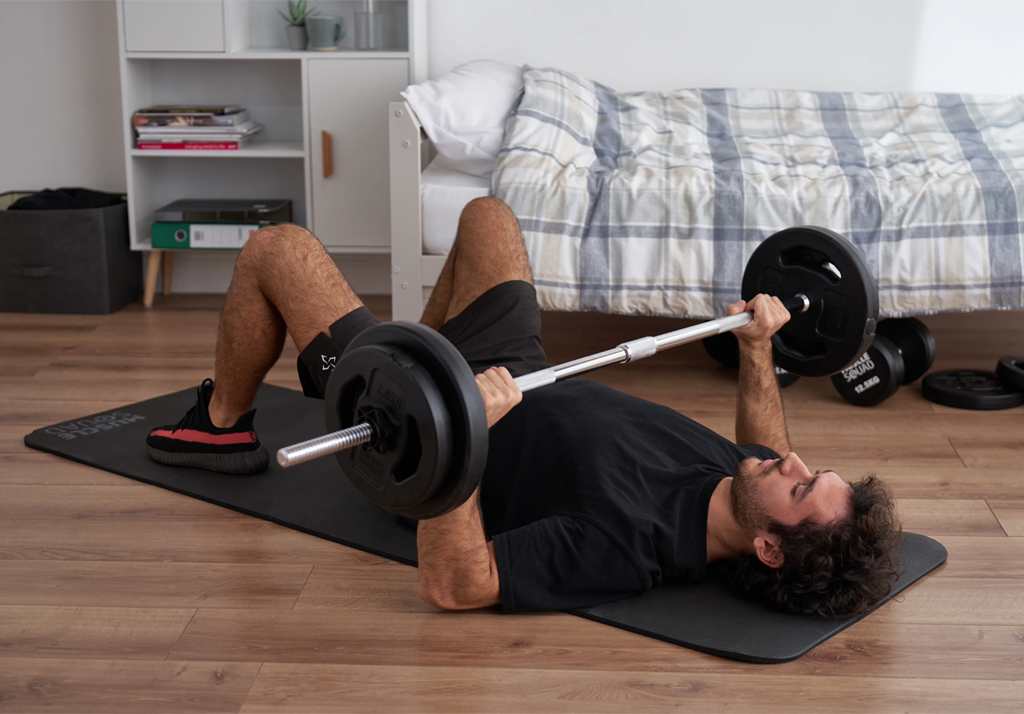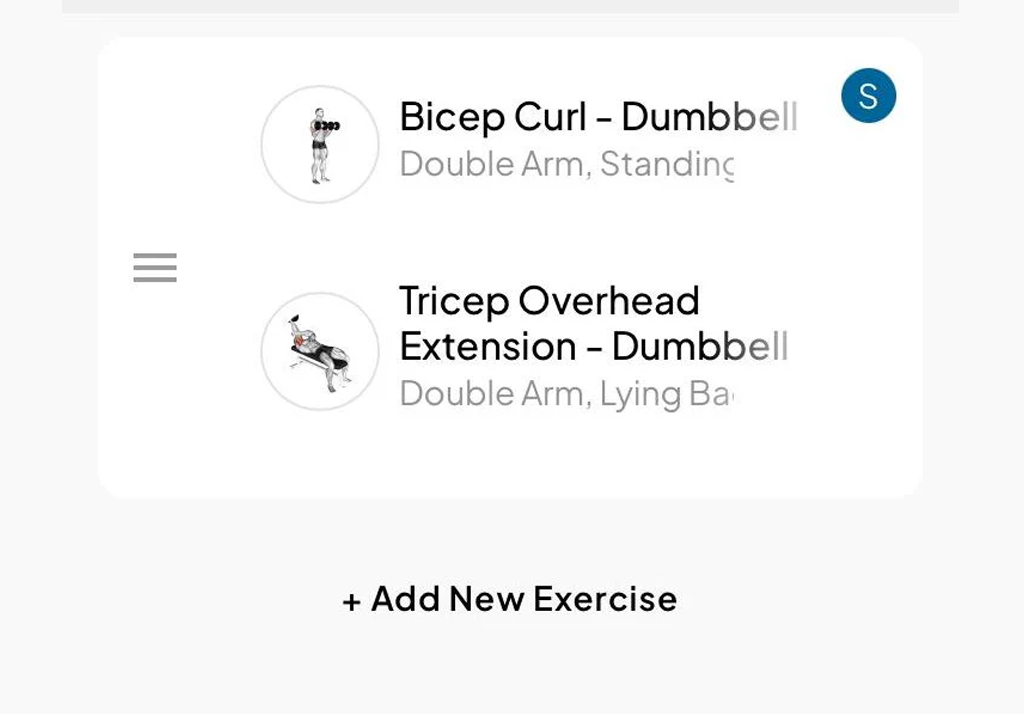What are supersets?
Supersets are when you do two back-to-back exercises with little to no rest. It’s a technique that is ideal for saving time in the gym, allowing you to get more work done in a shorter session.
In their simplest form, supersets can be split into three types:
Same muscle supersets – where you train the same muscle group within the superset, like performing a set of dumbbell curls followed by a set of preacher curls which both target the biceps.
Antagonistic supersets - where you do two exercises of opposing muscle groups, like performing a set of dumbbell curls for the biceps and then going straight into tricep extensions for the triceps with no rest in between.
Random supersets – where you hit two totally different muscle groups, like performing a set of hamstring curls for the hamstrings and then lateral raises for the medial head of the shoulder.

What to consider when pairing exercises
When using same muscle supersets, you’re going to accumulate a greater amount of fatigue in the target muscle than if you were to train conventionally.
One way to structure a same muscle superset is by training the mid to short position of a movement and then the mid to lengthened position of the movement. A good example of this would be supersetting leg extensions, which hit the quads hardest in the mid to short/contracted range, and then supersetting them with sissy squats, which are hardest in that mid to lengthened stretch range.
Our muscles are usually stronger in the lengthened range of a movement, so training like this will allow you to get a few more reps out of a same muscle superset, but do remember that your muscle will be fatigued after the first set and that there’s no work-around to get it completely back to strength besides letting it recover.
Supersetting same muscles groups are great for getting a killer pump on and adding plenty of volume, but if you want to avoid the extra fatigue and still move heavier weights then an antagonistic or random superset is more up your street.

Think about stabilizers
Getting the most out of the target muscle means avoiding a situation where the stabilizing muscles are likely to fail first. Adding a chest support for upper back rows, rather than bent over rows with no chest support, will require less work from the hip and core to stabilize your spine as you lift. This means if you’re supersetting with a lower body exercise you won’t have as much carry-over fatigue. It will also allow you to focus more on contracting your back muscles and less about balance and bracing.
Consider your grip
Another thing to consider is your grip. As you train and are constantly holding weight bars, you can start to develop grip fatigue, which in supersets can limit how effective your second exercise is. For example, performing deadlifts is heavy on the wrists and forearms, so supersetting them with a bent over row will likely cause your forearms to be the first muscle to fail.
The cardio benefits
Supersets save time, yes, but another key benefit is the increased cardio gains you get from them. You’re moving a lot more than in a traditional session which elevates your heart rate and burns more calories.
On the negative side though, the increased physical demands can lead you to feeling weaker as the workout goes on. If you’re already tired at the halfway point of your workout and then have a heavy chest and back superset coming up, you may need a little extra rest time to get the most out of the movements.
To combat this, plan the more strenuous supersets at the start of your workouts and more isolation-based supersets later on. This way you can move the most weight whilst you have the most energy and are less fatigued both in the muscle and in your cardio.
All in all, supersets are an amazing way to save time and are a gem for efficient workouts. Give them a try in your next session and see how it feels!
 Sep 06, 2024 - Cameron Brierley
Sep 06, 2024 - Cameron Brierley


Leave a comment: